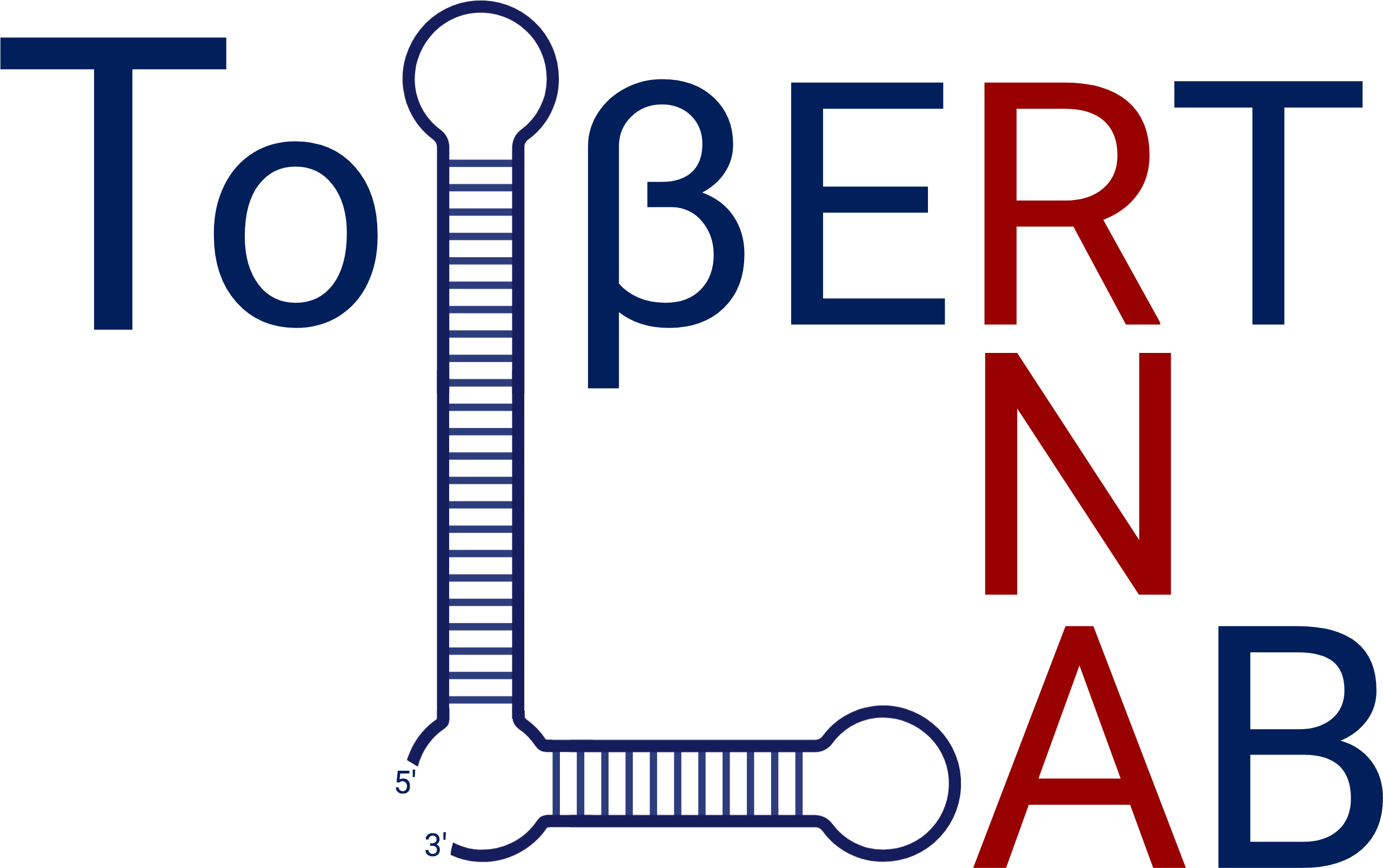Expansion
A crystal structure of EV-A71 3Cpro has already been published (PDB ID: 3OSY). It has a typical chymotrypsin fold and consists of two topologically equivalent antiparallel six-stranded β-barrel domains. 3Cpro can bind both proteins and RNA while its catalytic site and RNA-binding site are positioned opposite to each other. Its mechanism of catalysis resembles that of serine proteases and has a catalytic triad consisting of Histidine (His40), Glutamate (Glu71), and Cysteine (Cys147). The RNA-binding site contains conserved residues KFRDI (82-86) and VGK (154-156). Changes at the RNA binding site have been demonstrated to influence the catalytic activity, possibly via allosteric networks. In addition to its roles in different stages of the viral life cycle, 3Cpro cleaves host cell proteins in order to shutdown of host cell’s cap-dependent translation, perturb nucleocytoplasmic trafficking to achieve the cytoplasmic redistribution of IRES trans-acting factors (ITAFs), evade host immune pathways, and induce host cell apoptosis.
We use various biophysical and biochemical techniques to study 3Cpro-RNA interactions and how it affects the structure and dynamics of the protein. Even though EV-A71 3Cpro was crystalized in the oligomeric form (as a pentamer), it was found to exist as a monomer in solution. Our NMR titrations of 3Cpro with RNA (SLID) provide evidence that 3Cpro oligomerizes in the presence of RNA. We believe that EV-A71 3Cpro exists in equilibrium between its monomeric and oligomeric form, where the monomeric form favors catalysis while the oligomeric form may favor some of its other functions such as viral replication and genome packaging. Viral titer assays and FRET-based activity assays demonstrated that mutations at the dimerization surface (based on the crystal structure) affect viral replication and catalytic activity, respectively. We plan to obtain a crystal structure of EV-A71 3Cpro bound to RNA (SLI or SLID) that would allow for accurate characterization of the RNA binding site as well as the influence of RNA binding on rest of the 3Cpro structure and function.
The multifunctional nature of EV-A71 3Cpro makes it an attractive drug target. EV-A71 3Cpro has no homolog in humans thereby minimizing the risk of adverse effects of these inhibitors on cellular proteins. However, any of the 3Cpro inhibitors have yet been approved as a drug to treat EV-A71 infections. All the inhibitors of 3Cpro discovered to date, exert their effect via targeting the catalytic site. To date, no inhibitors have been discovered that target the RNA-binding site of EV-A71 3Cpro, thereby inhibiting its role in viral RNA replication. We believe that our study provides insight into other possible drug target sites on EV-A71 3Cpro for its inhibition.

